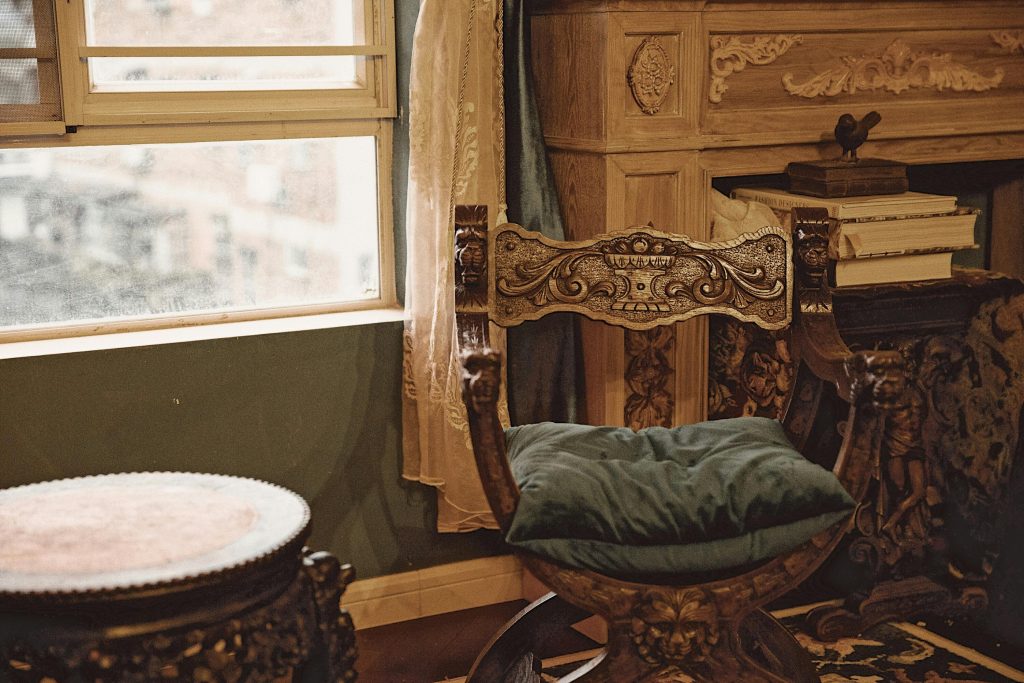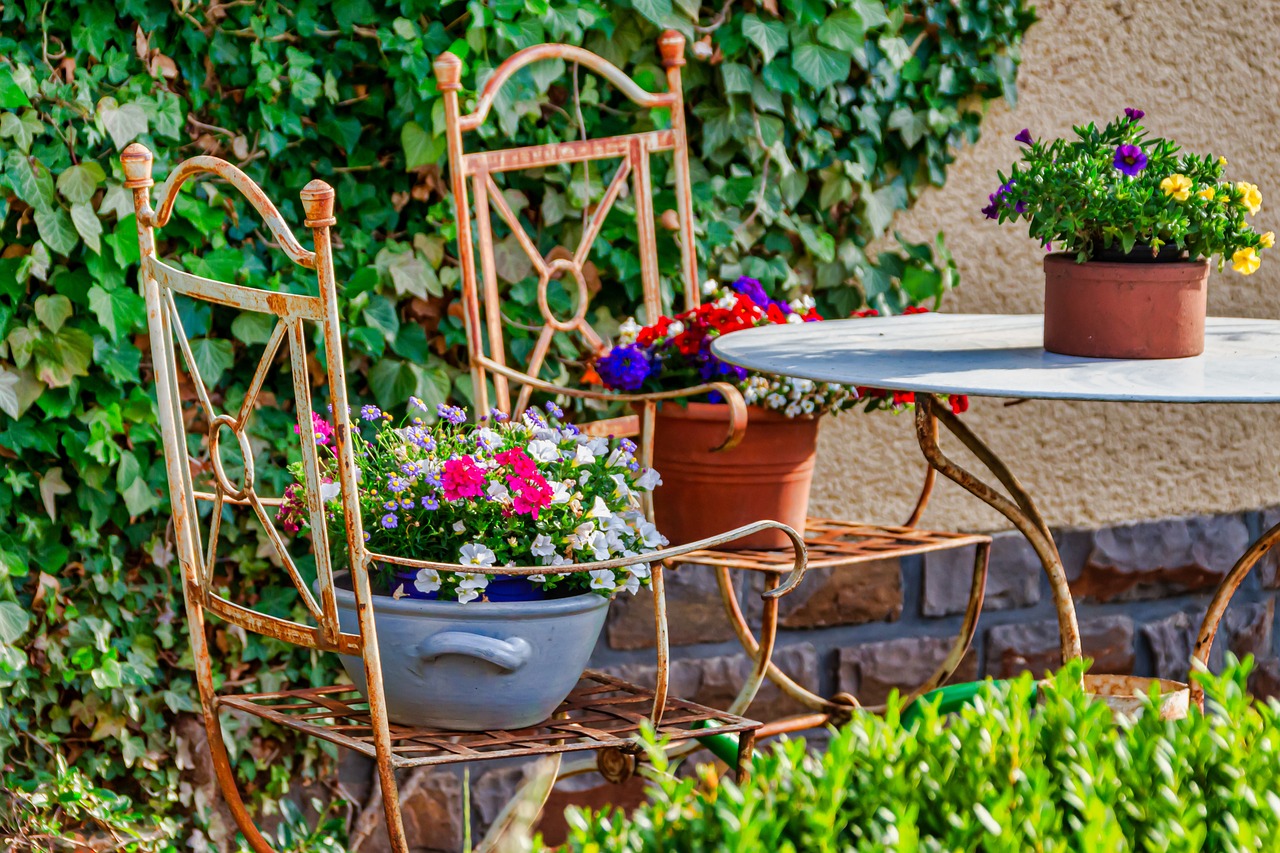
- Restoring vintage metal furniture combines honoring craftsmanship with sustainable modern living practices.
- Proper preparation, including rust removal and priming, is crucial for a successful restoration.
- The choice of paint color and application method significantly impacts the final appearance.
- Regular maintenance, like cleaning and applying car wax, prolongs the furniture’s lifespan.
- Early problem detection and treatment prevent minor damage from escalating into major issues.
The allure of vintage metal furniture surpasses functionality; these sturdy pieces radiate charm that modern imitations struggle to match. Discovering a weathered metal rocker on a porch or the intricate details of a mid-century bistro set can evoke nostalgia. Restoring these treasures isn’t just a DIY project; it’s a labor of love preserving the past sustainably. This guide will explore techniques for reviving vintage metal furniture, blending quality and craftsmanship with modern aesthetics.
Recognizing the Value of Vintage Metal Furniture
Vintage metal furniture holds a special place in our collective memory and aesthetics. The unique charm of these pieces lies in their craftsmanship, often featuring intricate designs rarely seen in contemporary manufacturing. For many, the appeal also rests in their historical context as a tangible link to bygone eras. Understanding the intrinsic value of these items is integral to approaching their restoration with the care and respect they deserve. Rather than replacing, restoring honors the piece’s history and contributes to a sustainable lifestyle, reducing waste and the environmental footprint of new manufacturing processes.

Initial Assessment and Planning
The first step in any restoration project is a thorough assessment. Examine the furniture for rust, chipped paint, loose connections, and structural damage. Don’t be disheartened by the sight of rust; it’s often easier to manage than it seems and is a common affliction in older metal furniture. It’s time to plan once you’ve taken stock of the issues. Your plan should include a timeline, the resources needed, and a clear vision of the final result. Consider setting realistic goals, especially if this is your first restoration project. Patience and attention to detail will be your greatest assets in this endeavor.
Sandblasting: Preparing Your Surface for Transformation
Among the many steps involved in planning, none is more crucial than deciding how to approach surface preparation. The sandblasting process, a commonly effective method for stripping away old paint and rust, requires a high-powered compressor to propel abrasive materials at the metal’s surface. This powerful process is ideal for tackling tough corrosion and paint buildup that may be present on your vintage furniture. Once the piece is sandblasted, it’s crucial to prime it quickly to avoid flash rusting, the almost instant re-oxidization of clean metal.
Materials and Tools Needed for Restoration
Restoration of vintage metal furniture necessitates a selection of tools and materials. Here’s a basic list to get you started:
- Paint stripper or sandblaster
- Wire brushes and steel wool
- Protective gear such as gloves, goggles, and respirator
- Quality metal primer and paint
- Putty or a mending compound for repairs
- A workspace conducive to messy work
Gathering these materials will not only ensure that you’re well-prepared for the restoration but will also put you in the right mindset to treat your project with the level of detail it requires.
Step-by-Step Guide to Restoring Vintage Metal Furniture
Restoring vintage metal furniture is a multi-step process that involves various stages of cleaning, repairing, sanding, priming, and painting. It’s important to follow these steps meticulously to achieve a high-quality result that will stand the test of time.
Cleaning and Degreasing
Before restoring the look of your metal piece, you need to remove any accumulated dirt, grease, and grime. A gentle soap and water solution can work wonders. Use a degreaser for tough spots; some paint thinner can be carefully applied for stubborn stains. Once the piece is thoroughly cleaned and dry, move on to the next step.
Repairing Structural Imperfections
If your furniture has dents, holes, or parts coming apart, it is time to address them. Use a putty or mending compound suitable for metal to fill in imperfections. For more serious structural damage, you may need to enlist the help of a professional welder. Ensure that all repairs are solid before moving on to the next stage.
Sanding and Smoothing
The next step is to smooth the metal’s surface. Begin with coarse sandpaper to remove remaining paint and rust, then move on to fine-grit sandpaper to achieve a smooth finish. This step is crucial for the adhesion of your primer and paint.
Priming and Painting
Apply a high-quality metal primer to protect your furniture and provide a good base for the paint. Once the primer is dry, it’s time to apply your chosen paint color. Consider using a sprayer for a more even finish. Follow the manufacturer’s instructions for application and drying times.
Care and Maintenance Tips for Vintage Metal Furniture

After the exhilarating process of restoration, it’s essential to maintain your vintage metal furniture to ensure its longevity. Regular cleaning will help prevent the buildup of dirt that can lead to corrosion. Spot any issues early and address them promptly; a small scratch can quickly become a large area of rust if left untreated.
A layer of car wax can be applied after painting to help protect the metal from the elements. Conversely, if your furniture was originally intended for indoor use, ensure it’s not exposed to prolonged atmospheric conditions that can lead to unnecessary wear and tear.
Restoring vintage metal furniture honors past craftsmanship and offers a sustainable solution. Recognizing their significance and following the techniques provided, you can breathe new life into historical pieces. Embrace a hands-on approach to enrich spaces with character and heritage. These insights help you make history part of everyday life through furniture restoration.
